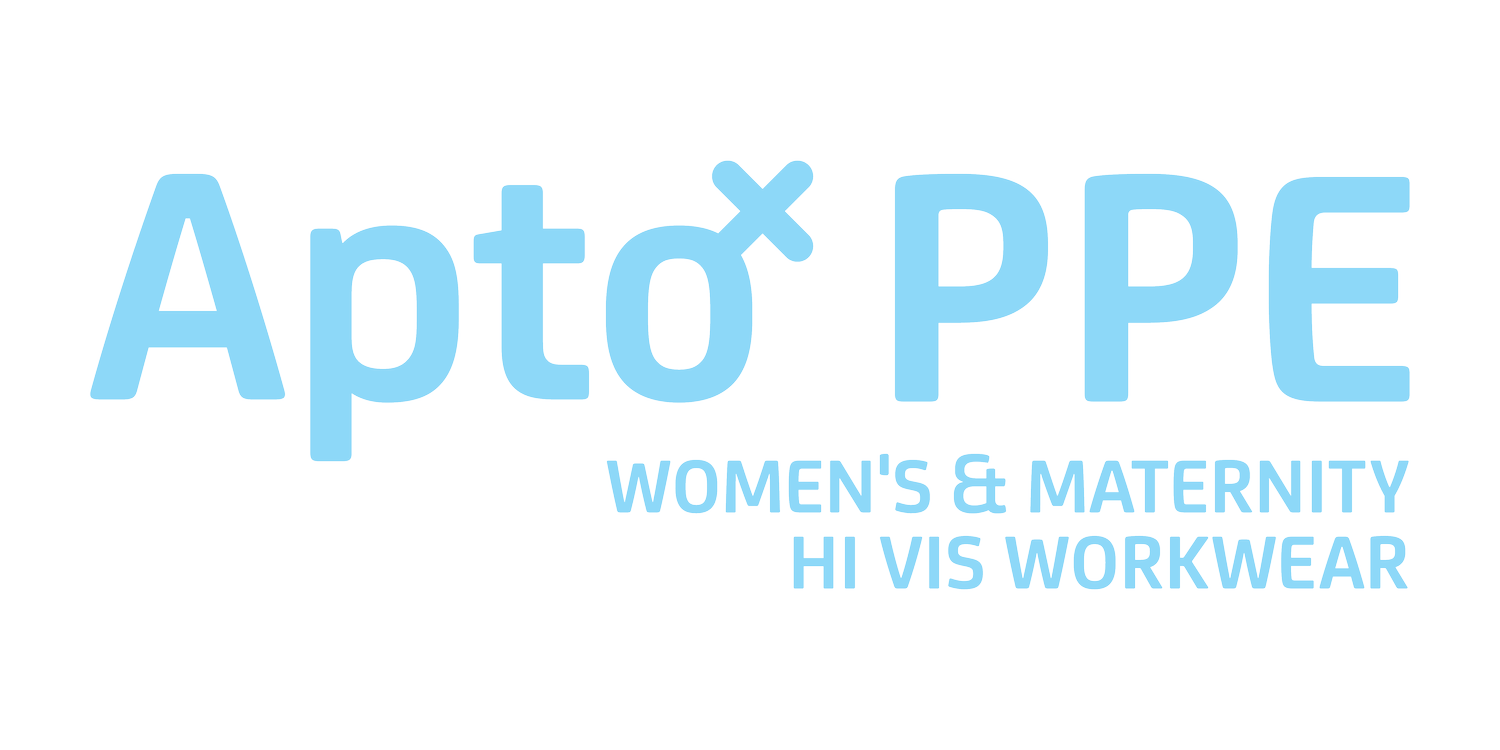International Women’s Day’s 2020 campaign: Each for Equal
International Women’s Day always provides an opportunity for me each year to reflect on women in the engineering profession and, in particular, my own journey.
I started my chemical engineering degree at the University of Melbourne in 1993. The mix in the course was 50% men and 50% women. This was unheard of in the other engineering disciplines. Upon reflection, this had a lot to do with the environmental department being part of the chemical engineering faculty.
Coming from this sort of environment, it never even occurred to me that I would be such a minority in industry and this would remain so over 20 years later.
Working at a small niche consulting firm, the directors were both senior male engineers, but we had an equal gender mix of engineering and support staff.
However, the eye opener was going to workshop sessions as a graduate engineer and being the only female in the room
This really wasn’t a problem in the early years, because, as the junior, I was expected to listen, take notes and write the report, rather than significantly contribute to the workshop, per say.
As the years went on and I became more competent and senior in my business, I often felt that I had to prove my expertise to the larger group.
As a young Director, clients would often address my male colleagues as the assumed senior person on the team. I remember on one occasion, my male colleague saying to the client – ‘you need to talk to Gaye, she’s the boss!’
I have had a long involvement with Women in Engineering (WIE). My reason for joining initially was to promote engineering as a sustainable and fulfilling career for women.
In WIE we focussed on issues that affected women in the industry, such as career breaks associated with having a family or caring for elderly parents; ill-fitting PPE, which is how Apto was born, and strategies to encourage women into, and to stay in, the engineering profession.
The ultimate goal was for there not to be a need for such associations as Women in Engineering.
I acknowledge there has been some changes in the profession over the last 20 years. Inclusion and diversity are extensively discussed and there are many strategies being implemented by different organisations.
But, I think there is often much talk and not much action that is translating into visible results.
Our current intern is still the only female in her engineering course and there are still significant pay discrepancies, especially between senior female and male leadership positions.
Overall, I think I have been one of the lucky ones and been presented with opportunities throughout my career to advance. But I know I am, unfortunately, not the normal female in the engineering profession.
And in terms of my experience with Apto, the conversations from large workwear suppliers to organisations with female employees needing PPE, is too often that there’s not enough women to justify spending money on fit-for-purpose workwear; that offering small men’s sizes and adding pink to the choice of colours is enough.
With this year’s International Women’s Day theme being Each for Equal, now is the time to stop talking and assessing the situation and start taking action.
What will you and your organisation start doing to demonstrate gender equality?
